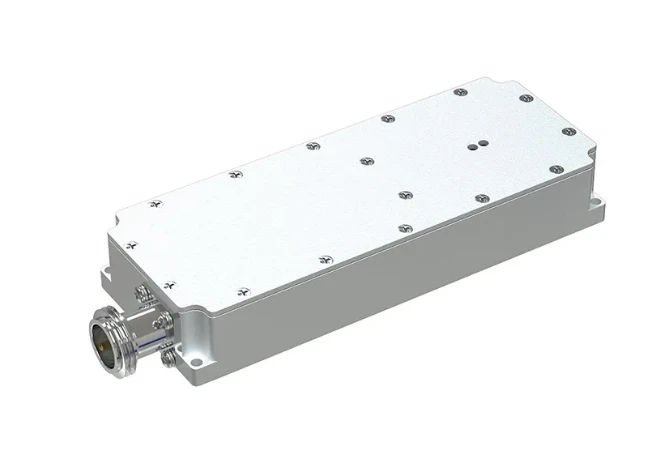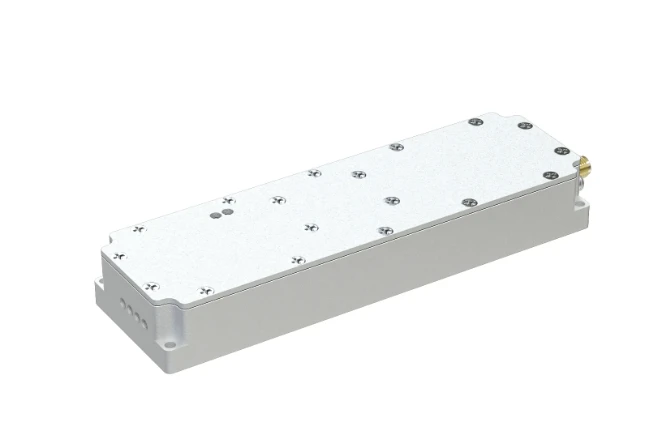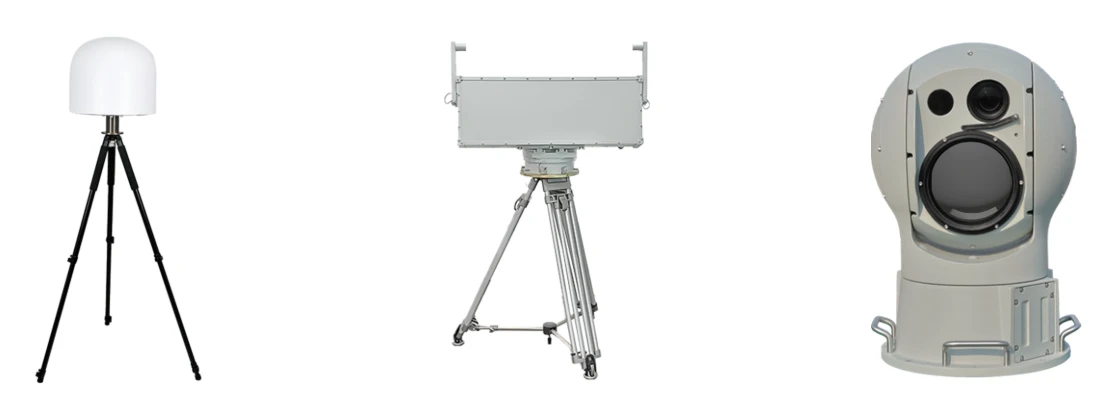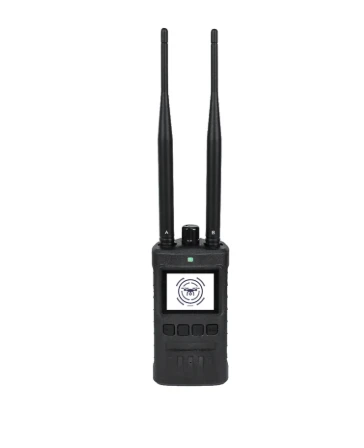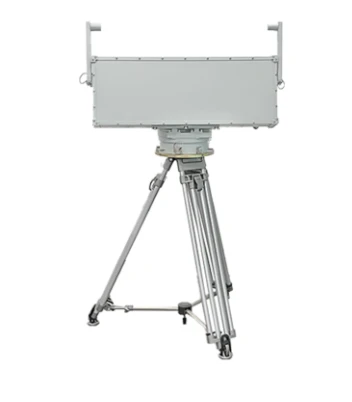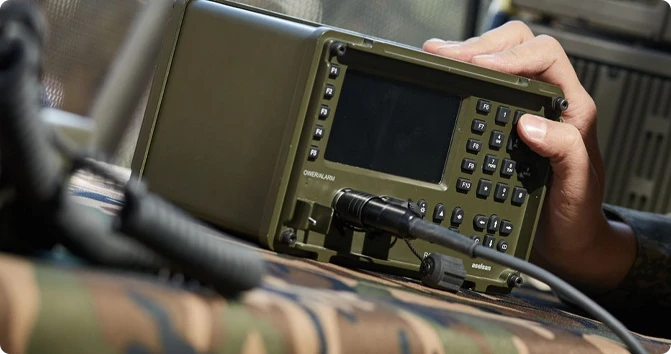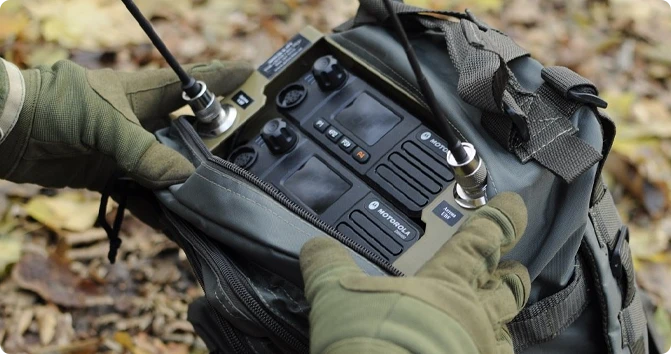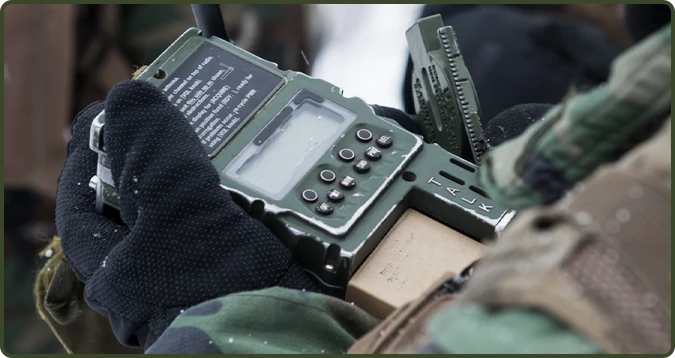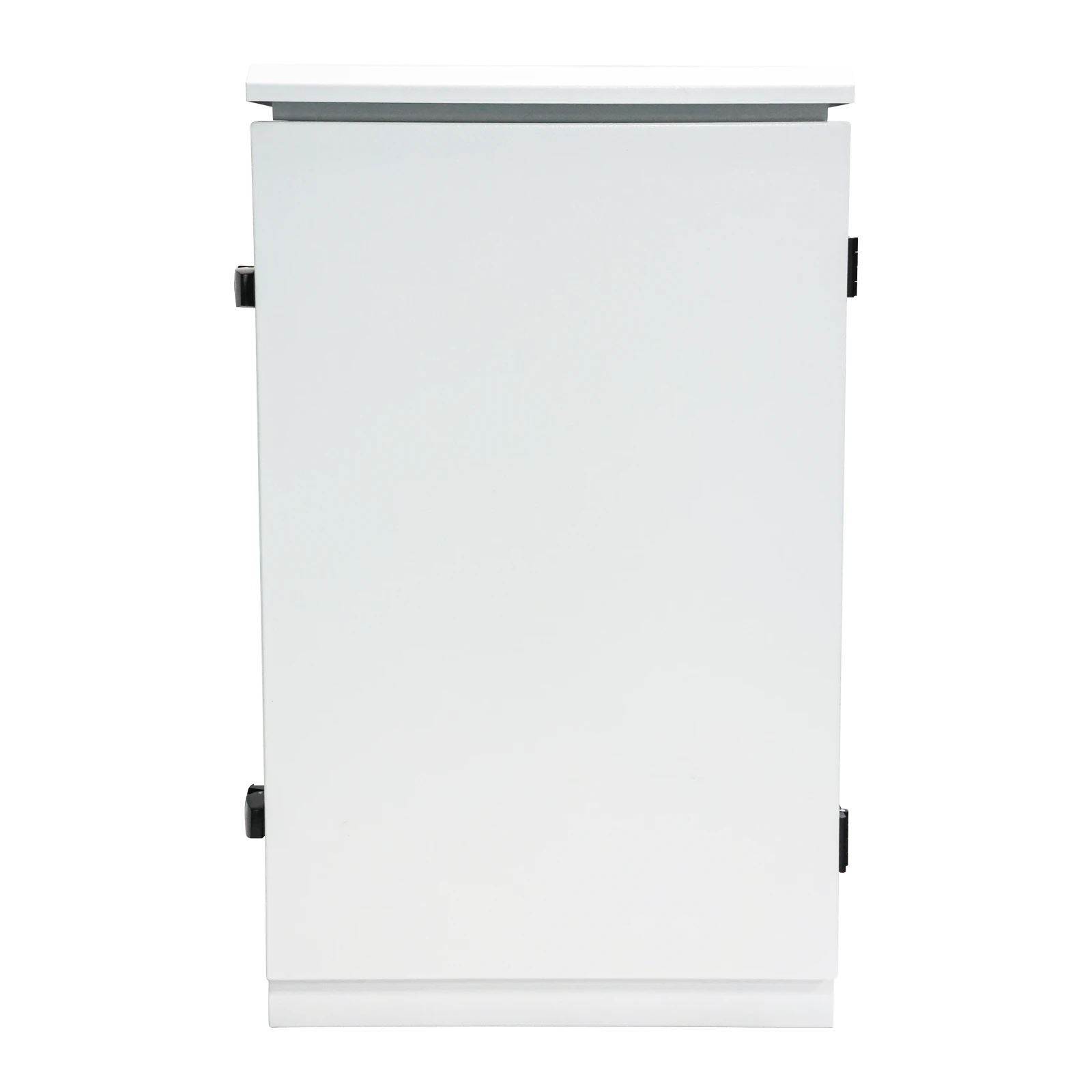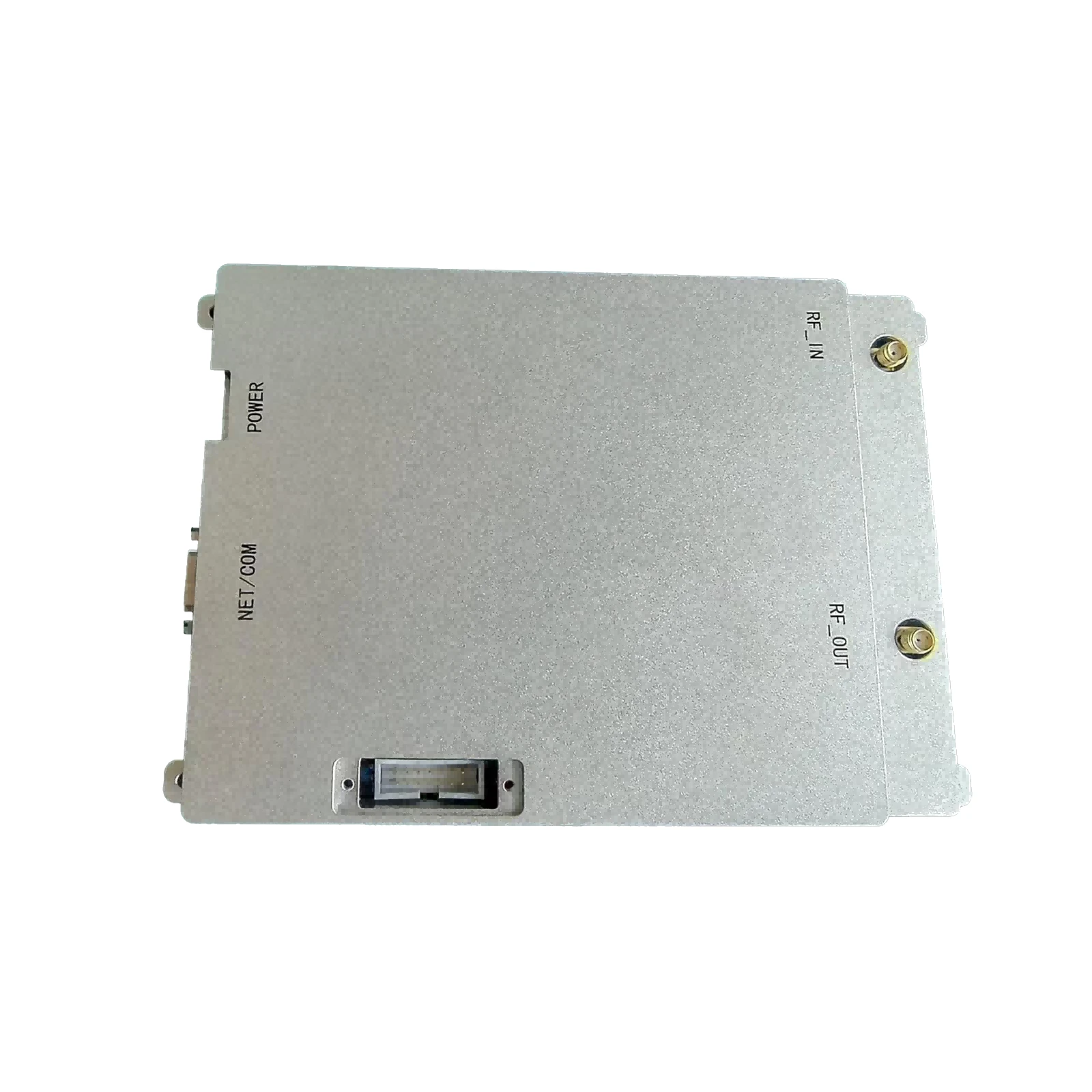Handheld Drone Detector – Portable, Accurate, Real-Time Threat Detection
A comprehensive analysis of handheld drone detector devices, with a focus on the advanced drone detector handheld model capable of detecting 440MHz~6.19GHz analog and digital transmissions.
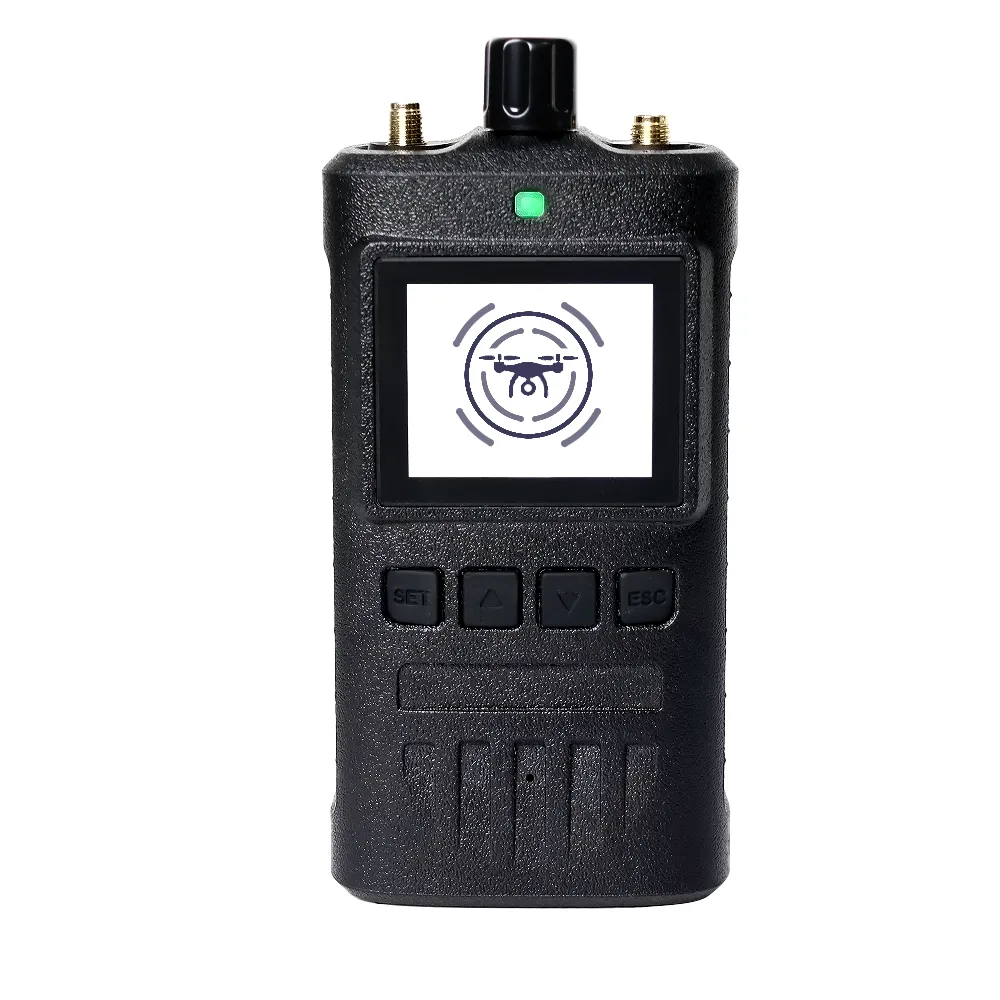
The proliferation of consumer and industrial drone applications has dramatically increased the potential for airspace security threats. According to a 2023 MarketsandMarkets report, the global anti-drone market’s CAGR is projected to exceed 27% by 2027, with the handheld drone detector segment experiencing the strongest institutional demand,[1] notably in sectors such as petrochemicals, metallurgy, and critical infrastructure.
- Mobile Security: Portable, rapid deployment is now a top requirement for law enforcement, correctional facilities, and on-site security teams.
- Broad Frequency Coverage: Drones now utilize both analog and digital communication protocols, requiring detectors to span frequencies from VHF (440MHz) to high spectrum (6.19GHz).
- Data Analysis: Integration of real-time RF fingerprinting, AI algorithms, and cloud-based threat intelligence is reshaping the technical landscape.
- Regulatory & Standardization: Compliance with international standards (e.g., ISO 9001:2015, ANSI/NEMA WD6) is driving manufacturer investments in R&D and QA.
| Model | Detection Frequency | Protocol Support | Range | Detection Method | Weight | Battery Life | Compliance |
|---|---|---|---|---|---|---|---|
| The Handheld Drone Detector | 440MHz~6.19GHz | Analog & Digital | Up to 2,000m* | RF Spectrum Analysis | 1.8 kg | 8 hours | ISO 9001, ANSI/NEMA |
| Dedrone RF-300 | 433MHz~5.8GHz | Digital (select) | 1,200m | AI RF Detection | 2.1 kg | 6 hours | FCC, CE |
| DroneShield RfPatrol v2 | 400MHz~6GHz | Digital & Analog | 1,500m | Spectrum + Signature | 1.2 kg | 6 hours | ISO 9001, CE |
| DetectONE HD | 2.4GHz, 5.8GHz | Digital | 800m | RF/Video Hybrid | 2.5 kg | 8 hours | FCC, ANSI |
The handheld drone detector from Drone-System.com stands at the forefront of RF-based drone detection technology. Designed for versatility and reliability, this detector covers a remarkable frequency range (440MHz~6.19GHz), ensuring comprehensive threat detection across legacy and next-gen UAVs.
Product Page:
https://www.drone-system.com/the-handheld-drone-detector-can-detect-440mhz6-19ghz-analog.html
(High-pressure precision casting)
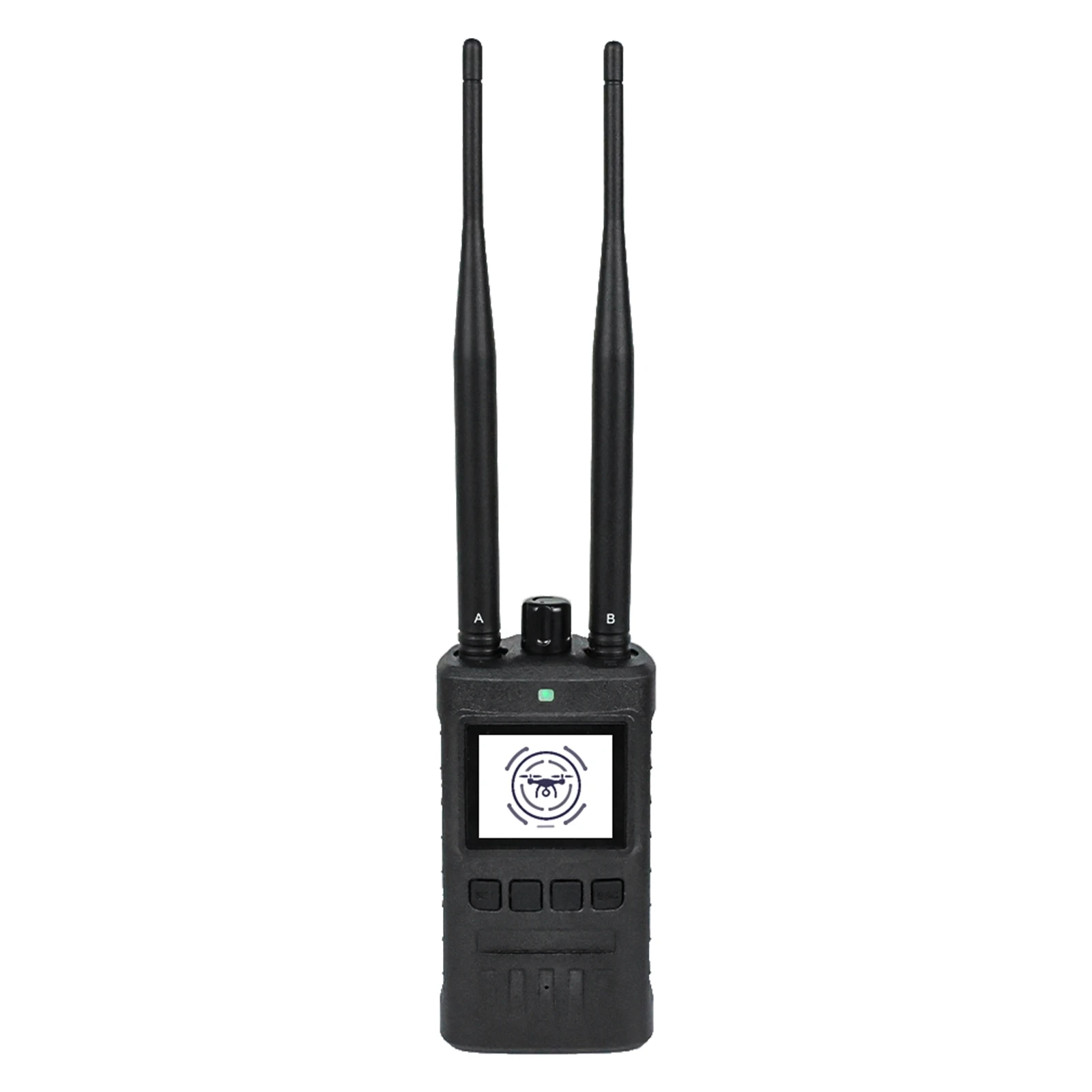
- Materials: CNC-machined aerospace-grade aluminum chassis for EM shielding, anti-corrosion, polycarbonate anti-shock display window.
- Standards: ISO 9001:2015, ANSI/NEMA WD 6, and ESD-protection (ANSI/ESD S20.20) throughout production.
- Lifecycle: ≥50,000 operational cycles (lab tested, IEC 60068-2-2), with field mean-time-between-failure (MTBF) > 30,000 hours.
- Application Sectors: Petrochemical plants, metallurgy, water & wastewater, event security, government facilities.
- Process Video: Example: High-precision drone detector CNC process
| Function | Wireless drone presence detection (RF analysis) |
|---|---|
| Operating Frequency Range | 440MHz to 6.19GHz (continuous sweep) |
| Detection Protocols | Analog, Digital (FHSS, DSSS, WiFi, proprietary UAV) |
| Maximum Detection Range | Up to 2,000 meters (line-of-sight) |
| Sensitivity | -95 dBm (typical) |
| Display | 4.3" sunlight-readable TFT, touch enabled |
| Battery Life | 8-10 hours (Li-ion, field replaceable) |
| Ingress Protection | IP54 (dust, spray resistance) |
| Weight | 1.8 kg incl. battery |
| Compliance | ISO 9001, ANSI, RoHS, FCC, CE |
| Warranty | 24 months, extendable |
- Wideband Multimode Detection: Modern handheld drone detector units monitor analog and digital signals, including encrypted, FHSS (Frequency Hopping Spread Spectrum), and WiFi/4G/5G channels.
- Signal Intelligence (SIGINT): Capable of identifying unique drone RF "fingerprints" for forensics and real-time alerting.
- Durability & Ergonomics: Aerospace alloys with triple-layer electrophoretic coating ensure resistance to corrosion and rough handling (IP54/IP65 rated).
- Extended Battery Technology: High-density lithium polymer batteries supporting field operations for >8 hours per charge (IEC 62133 certified).
- Intuitive UX: Sunlight-readable capacitive display, glove-compatible, with color-coded alerts and evidence screenshot capture.
- International Certification: Tested under ISO 9001, ANSI/NEMA, RoHS, CE, and FCC for global deployment.
| Brand | Innovation (Score/10) | Frequency Range | Compliance | Support / Service | Lifetime (MTBF, hrs) | Core Application |
|---|---|---|---|---|---|---|
| Drone-System.com | 9.8 | 440MHz-6.19GHz | ISO, ANSI, FCC, CE | 24/7 Global | 30,000+ | Civil, Industrial, Critical |
| Dedrone | 9.3 | 433MHz–5.8GHz | FCC, CE | Business hours | 25,000 | Civil, Municipal |
| DroneShield | 9.0 | 400MHz–6GHz | ISO, CE | 1 yr standard | 20,000 | Military, Civil |
| DetectONE | 8.6 | 2.4GHz–5.8GHz | ANSI, FCC | Ticket/ email | 22,000 | Event, Police |
Drone-System.com supports full-spectrum customization for clients with complex operational requirements:
- Frequency Extension (NATO/UAV-specific bands, up to 8GHz on request)
- Interface Integration (USB, WiFi, Bluetooth for data offload, alert relay)
- Ruggedization (MIL-STD-810G compliance for defense and harsh environments)
- Localization (Multi-language UI, local threat database)
- Private Label (OEM/ODM) and firmware options
All solutions are supported by a dedicated R&D team, holding ISO 9001 and multiple national patents for drone detection algorithms and apparatus hardware.
Typical industries served: Oil & Gas, Port Security, Critical Infrastructure, VIP Protection, Industrial Complexes.
Challenge: Unauthorized drone reconnaissance at a Middle Eastern petro facility.
Solution: 4 handheld drone detector units equipped with custom anti-corrosive casings and multi-language support.
Outcome: 17 unauthorized flights detected in 6 months. ISO 9001 audit certified. Facility operator reported zero drone incursions after deployment.
Challenge: Drone monitoring at 2023 international expo (120k+ visitors, three venues).
Solution: Handheld drone detector teams placed at all perimeter and VIP access points.
Outcome: Zero significant incidents, praised by law enforcement officials for speed/ease of use.
User Feedback: “Simple interface, reliable real-time alerting, even in high-frequency WiFi environments.”
Challenge: Critical risk of drone-borne chemical exposure near water reservoirs.
Solution: Waterproof, extended-battery solution, deployed for regular sweeps at access road checkpoints.
Outcome: Compliant with ANSI/NEMA and local safety standards, no unauthorized drone access in the monitored period.
Challenge: Preventing drone-assisted contraband delivery.
Solution: Drone detector handheld units deployed to perimeter patrols; integration with central security system.
Outcome: Two incidents proactively prevented. Units operated reliably >300 hours, surpassing operational requirements.
- Standard Lead Time: 25 working days (custom models: 35–60 days), global tracked shipping.
- Warranty: 24 months standard; warranty extensions and rapid-replace available.
- Local Certification Support: CE, FCC, IEC, regional approvals.
- 24/7 Customer Support: Hotline, email, Tier-1 remote technical assistance, and on-site engineer dispatch for enterprise clients.
- Quality Documentation: Factory QA reports, compliance certificates, user manuals, and preventive maintenance guides (upon request).
- Training: Onsite or virtual sessions for operators, with sector-specific modules for industrial, governmental or event use.
- Certifications: All handheld drone detector models are ISO 9001, ANSI/NEMA, and FCC/CE certified, with full traceable calibration routines per ISO 17025.
- Industry Endorsements: Integrated and referenced by leading forums such as SecurityInformed.com and publications including “A Survey of UAV Detection and Defense Systems” (IEEE Access, 2022).
- Client Portfolio: PetroChina, Dubai Energy, State Grid, multiple national public security agencies, major sports event organizers.
- Expert Team: 30+ engineers with direct RF SIGINT and airspace management R&D experience; annual technical updates with reference to new European Aviation Safety Agency (EASA) and FAA regulatory changes.
The handheld drone detector landscape is advancing at an unprecedented pace in response to evolving aerial threats and regulatory challenges. Devices that integrate broad-spectrum RF analytics, real-time alerting, robust build quality, and full global standards compliance (ISO, ANSI, FCC) are essential for modern security operations. For organizations facing complex perimeter or event security challenges, drone detector handheld solutions by Drone-System.com offer proven performance, extensibility, and peace of mind.
[1] MarketsandMarkets, “Anti-Drone Market Size, Share & Trends (2023)”, Source
IEEE Access, “A Survey of UAV Detection and Defense Systems”, https://ieeexplore.ieee.org/document/9562526
SecurityInformed, “Drone Detection Trends,” securityinformed.com/insights/drone-detection-trends.html
EASA Drones Link
-
09 March 2021 07 Jul 2025
-
09 March 2021 07 Jul 2025
-
09 March 2021 07 Jul 2025
-
09 March 2021 07 Jul 2025
-
09 March 2021 07 Jul 2025
-
09 March 2021 21 May 2025
-
09 March 2021 25 Dec 2024
-
09 March 2021 14 Oct 2022
-
09 March 2021 25 Dec 2024



